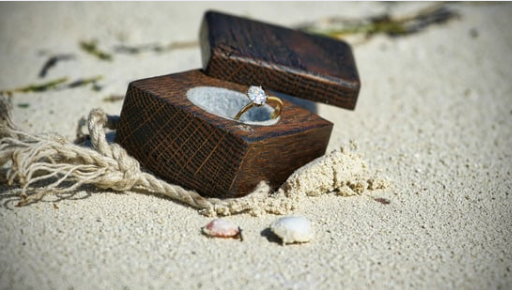Of my friends told me that diamond color can be classified into groups of grades and that different colors within that grade are not really distiguishable from each other. Specifically, she says that G, H, and I can be grouped and D, E, and F can be grouped. Her claim is that if I''m going to get a G, then I might as well get an I because they will be very similar. Likewise, D and F will be similar.
Anyone know if this is true?
Following her logic, a G to an F is a big jump, whereas an H to a G is not a big jump.
???
Anyone know if this is true?
Following her logic, a G to an F is a big jump, whereas an H to a G is not a big jump.
???















300x240.png)